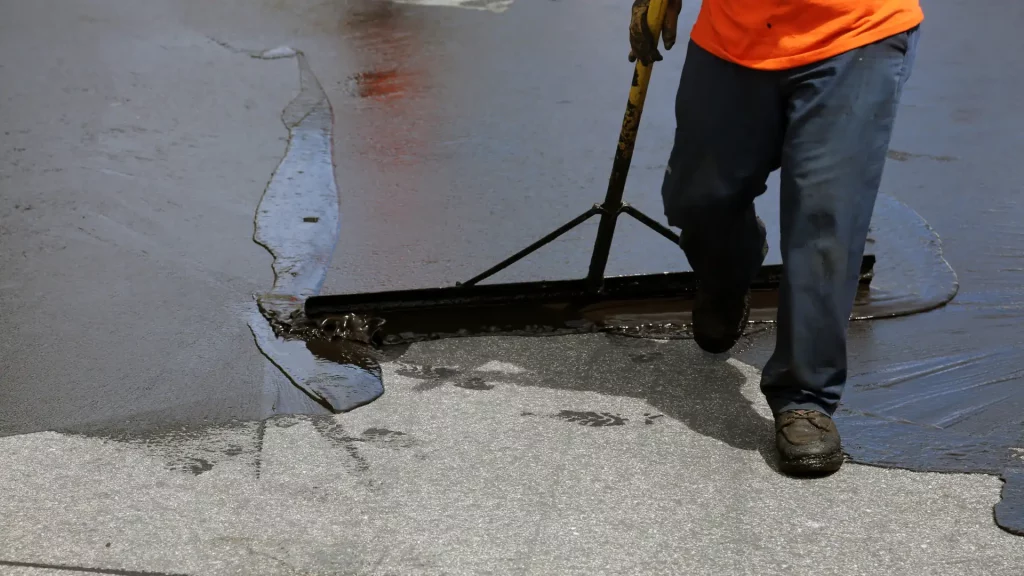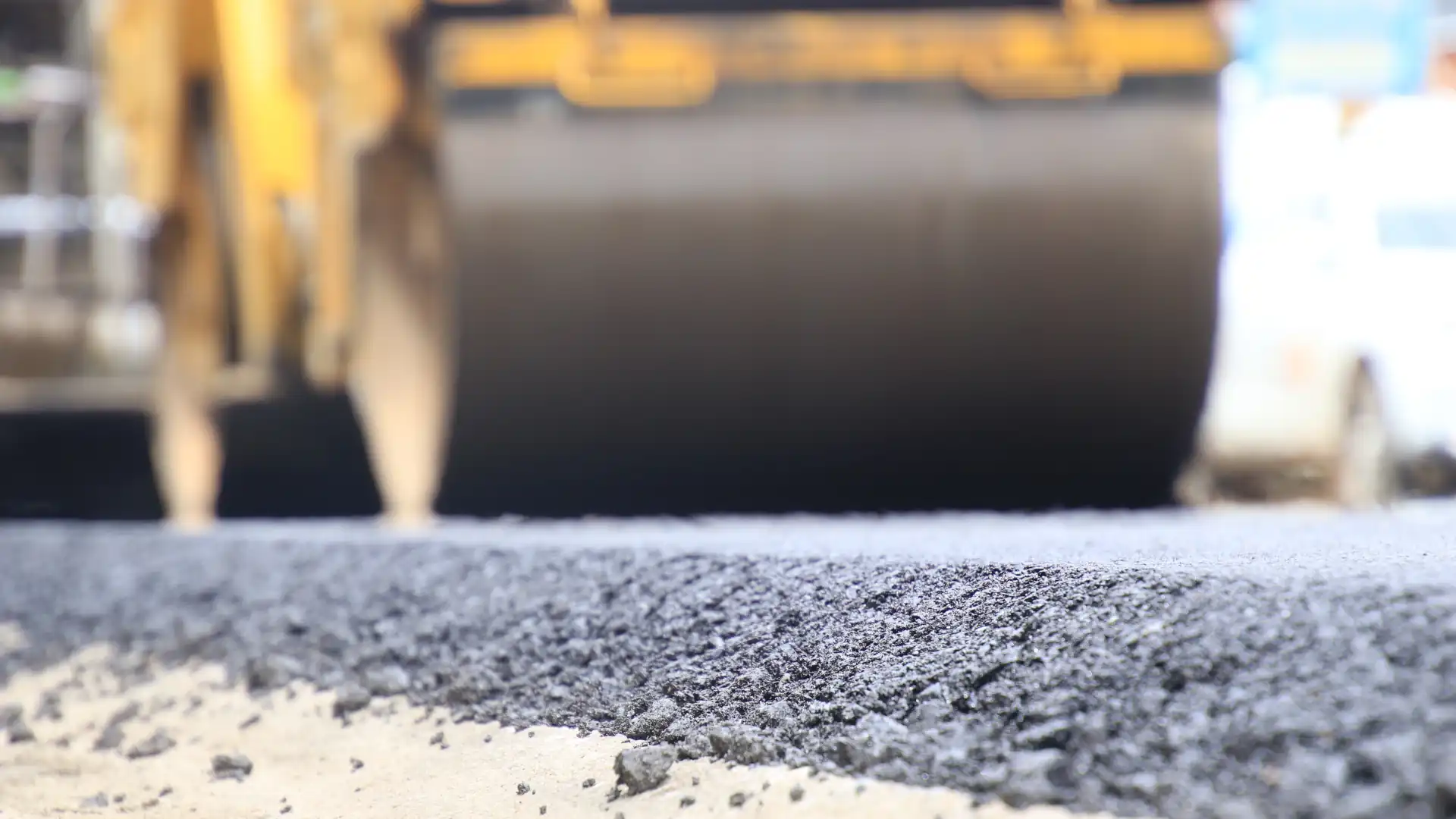If a road, driveway, or parking lot is damaged over the course of its lifetime, a full replacement will usually cost too much and waste a lot of resources. This is why asphalt patching was developed.
As some of the most experienced asphalt contractors Auckland has to offer, we’ve been balancing the unique needs of asphalt repair with New Zealand’s changeable climate for a long time. In this article, we’re unpacking that hard-won knowledge and touching on the best asphalt patching techniques to use on New Zealand’s roadways.
What is Asphalt Patching?
In simple terms, asphalt patching is a way civil maintenance technicians can repair small instances of damage in pavements, roads, and other asphalt surfaces. A technician will use either a hot or a cold patch to smooth away small cracks, potholes, or even larger sections of damaged asphalt. Since New Zealand’s roadways are extensive and carefully lain, asphalt patching is an important practice to keep our roads usable and safe in the long run.
How does asphalt patching work?
To patch damaged asphalt surfacing, we begin by cleaning the damaged area to remove loose debris that could compromise the new mix. If patching a hole, the edges are milled away to create a smooth surface. This ensures the new asphalt can adhere to the edges, creating a smooth transition rather than a clunky seam.
Once the site is prepared, asphalt is poured in layers before finally compacted down, usually by a steamroller. This is to ensure the new asphalt is level with the existing surface and helps with the bonding process.
How NZ’s Climate Impacts Asphalt
When it comes to New Zealand’s weather, there are a few hallmarks that every Kiwi comes to expect. High rainfall, constantly rising or falling temperatures, and plenty of UV exposure characterise New Zealand’s weather system. Not only does this impact the people, but it can also wreak havoc on pavements, parking lots, roadways, and driveways over time.
In regions with heavy rainfall, water seeps into small cracks that form over time. As temperature changes cause the moisture to expand and contract, the cracks get wider, and potholes can even form from loosened gravel shaking loose. Areas that deal with heightened UV exposure—such as the South Island—are more likely to see damaged asphalt due to intense radiation weakening the asphalt binder.

Techniques for Asphalt Patching in NZ’s Climate
In short, asphalt surfacing goes through a lot, and robust asphalt patching techniques are necessary to offer quick repairs that will withstand these difficult conditions. We’ve broken down some of those necessary techniques below:
- Cold patching uses cold-mixed asphalt, and is generally seen more as a quick fix for small repairs like tiny cracks or pockmarks. Ideal for use as an alternative to hot patching in rainy or cold weather, or as a temporary fix.
- Hot patching uses a heated application, making it stick better for longer. This means hot patching is generally used for more extensive repairs, such as big cracks or large potholes. This can be difficult to do in winter, but with the right techniques, it is the best method for high-traffic areas requiring extensive repairs.
- Bandage sealing uses hot mix asphalt to repair cracks on clean, dry pavements and roads. This is the preferred method for cracks in high-traffic areas, and the hot mix makes it much longer resistant to New Zealand’s weather. This mimics standard pavement surfacing but in smaller stretches.
- Membrane patching is ideal for regions with particularly heavy rainfall. Patched areas are more likely to be infiltrated by water, so this method installs a membrane beneath the patched area to repel water.
Across the board, asphalt patching techniques are incredibly useful for protecting and repairing New Zealand’s asphalt surfaces. Despite the challenges presented by our country’s unique climate, these repairs can last for years if performed by a professional team with the experience to select the right technique.
Engage the experts in asphalt patching and pavement surfacing today.
As the premiere asphalt contractors in Auckland, the team at TSL is on hand to help with patching and repairing roads, cycleways, car parks, driveways, and even school campuses. Contact our team today to request a quote. Whatever your reason, day or night, we’d love to hear from you!


